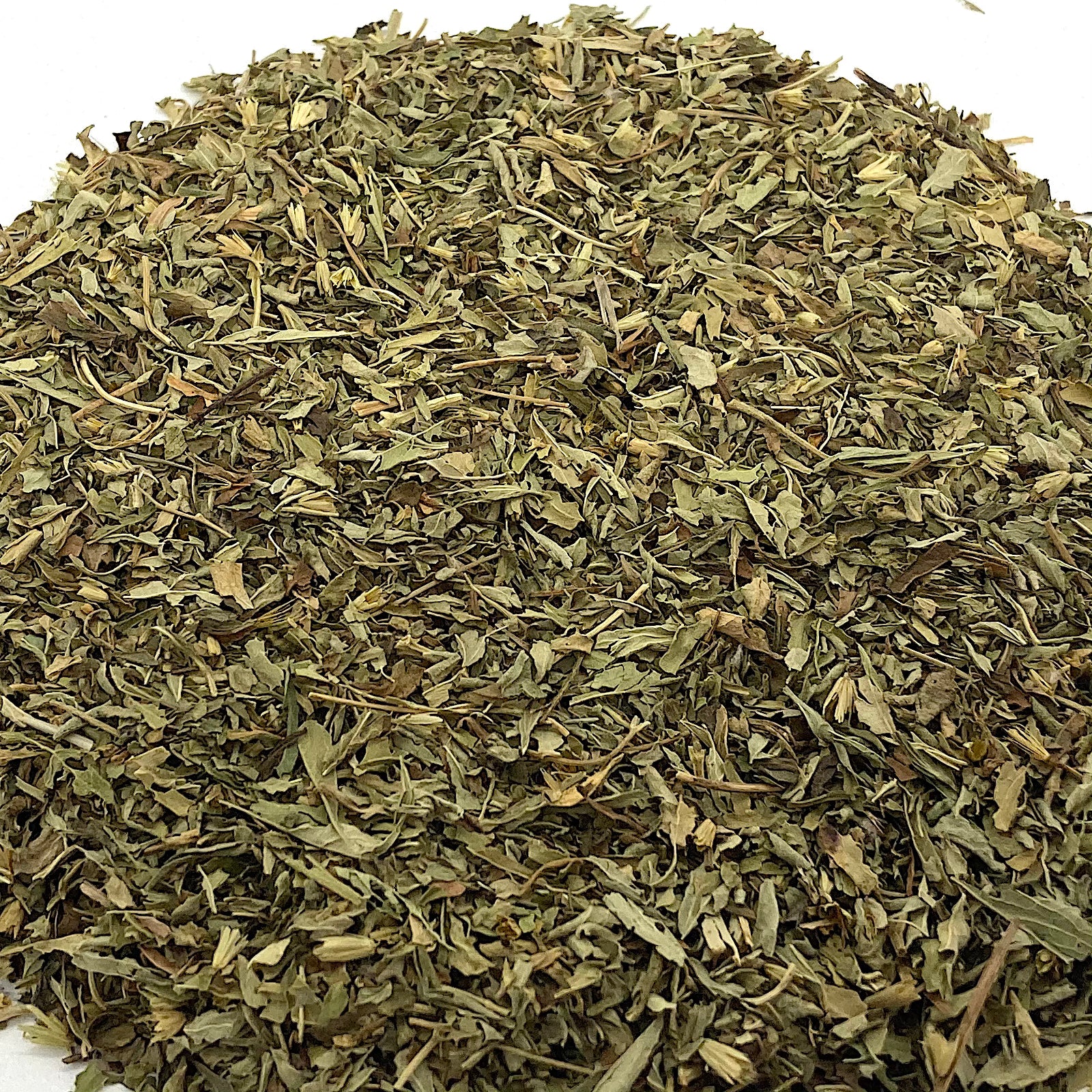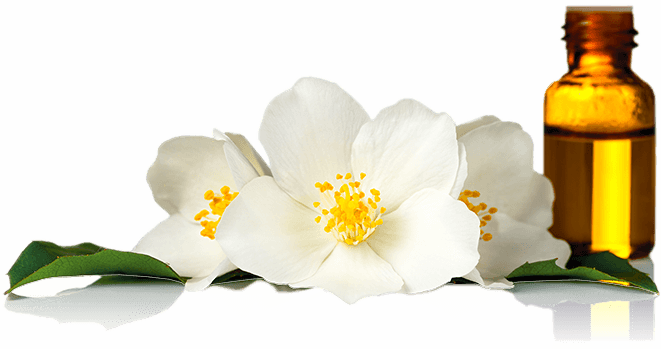Description
INDIA. Stevia (Stevia rebaudiana) Leaf, Cut and Sifted, Certified Organic
Common names: Candyleaf, Sweetleaf, Sugarleaf, Honeyleaf, Amaha Sutebia, Azucacaa, Seeni Tulsi, Madhu Patra, Yerba Dulce, Kaa Jhee, Ya Waan, Satiwia, Heuningbalr, Capim Doce, Chanvre d’Eau
Family: Asteraceae
Stevia is a perennial plant native to parts of Brazil and Paraguay, and currently cultivated in many regions as well including Colombia, Peru, Uruguay, the West Indies, China, Thailand, India, Korea, Malaysia, Indonesia, Philippines, and Israel.
The Guarani Indians of Paraguay used Stevia leaves to sweeten maté tea and medicinal potions, and simply chewed them as a sweet treat. Native herbalists also used Stevia to lower blood sugar and to combat hypertension. Women of the Matto Grosso tribes drank Stevia tea daily as an oral contraceptive.
The intense sweetness of Stevia leaf is produced by steviol glycosides, especially stevioside and rebaudioside, which are estimated to be 150 to 300 times sweeter than sugar (half a teaspoon of stevia powder can replace the sweetness of a cup of sugar). Stevia extracts have gained considerable market share in Japan as safe, calorie-free sweeteners for foods and beverages, unaffected by heat and pH, beginning in the 1970s.
While Stevia extracts are the most convenient way to use the herb in cooking, infusing the leaves as tea provides a rich source of amino acids, flavonoids, and antioxidants.
*These statements have not been evaluated by the FDA. These products are not intended to diagnose, treat, cure or prevent any disease.









